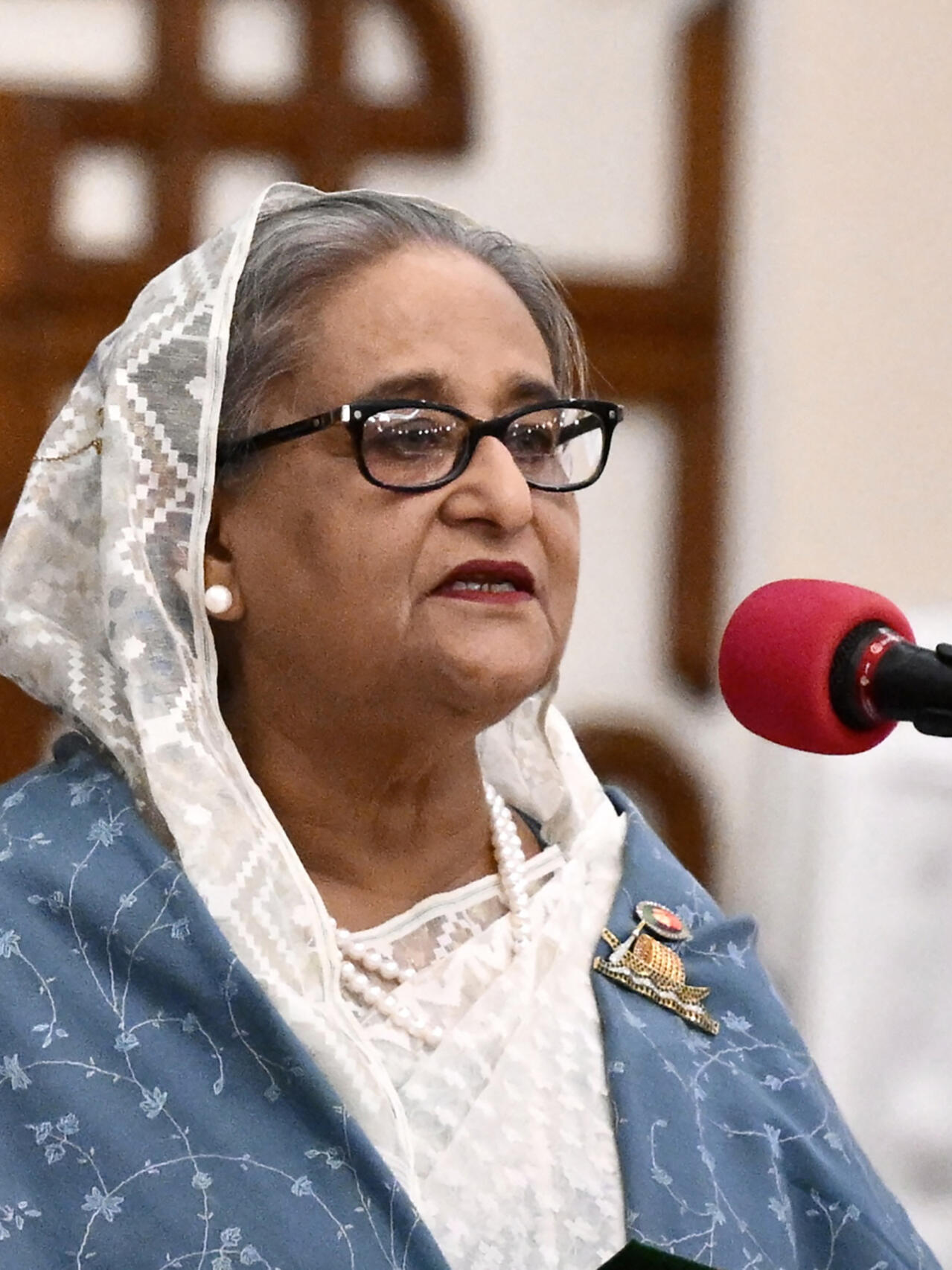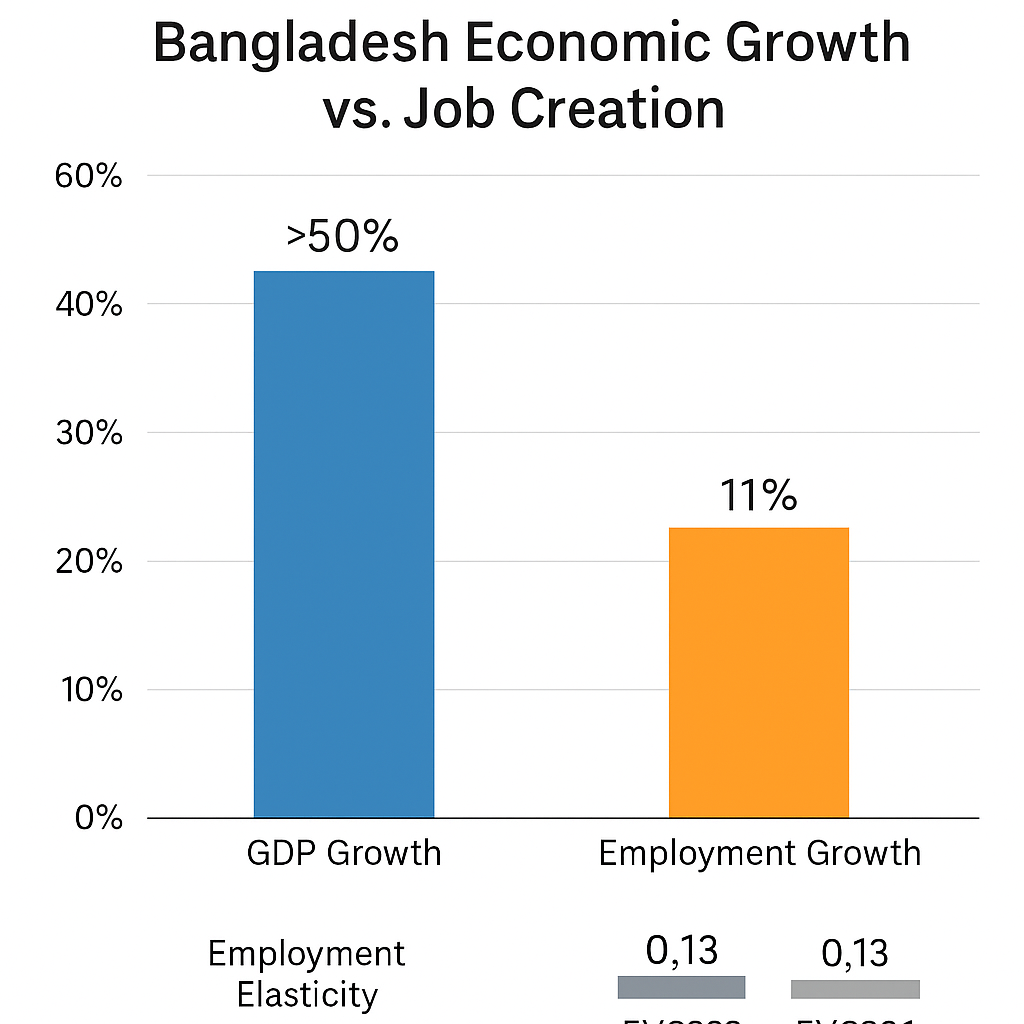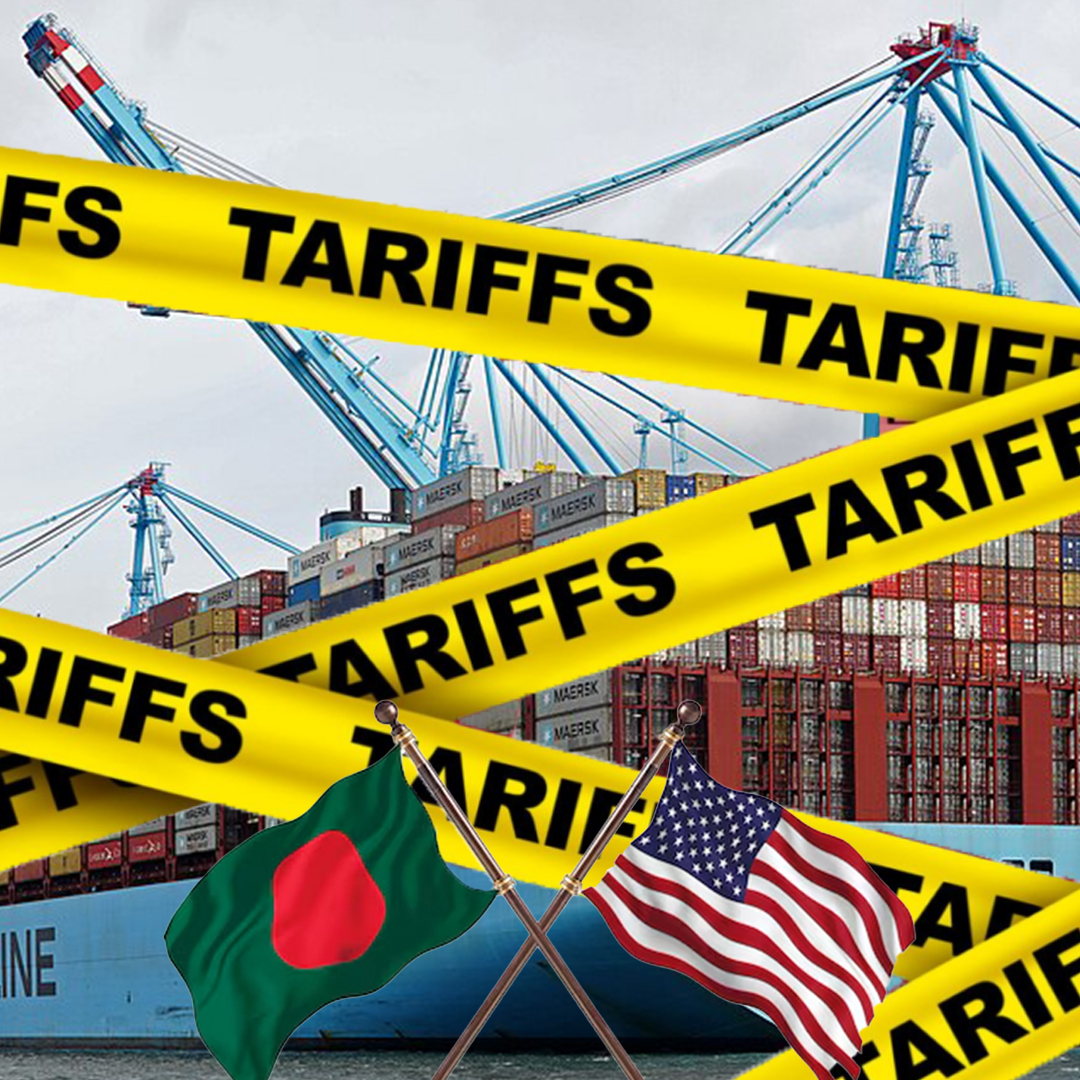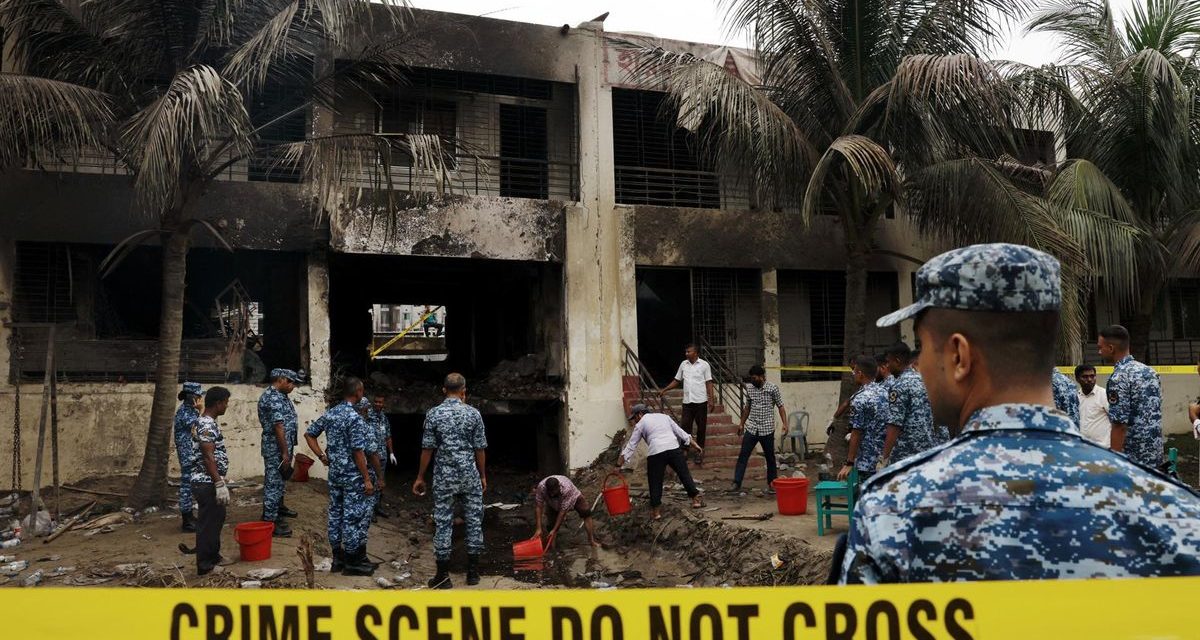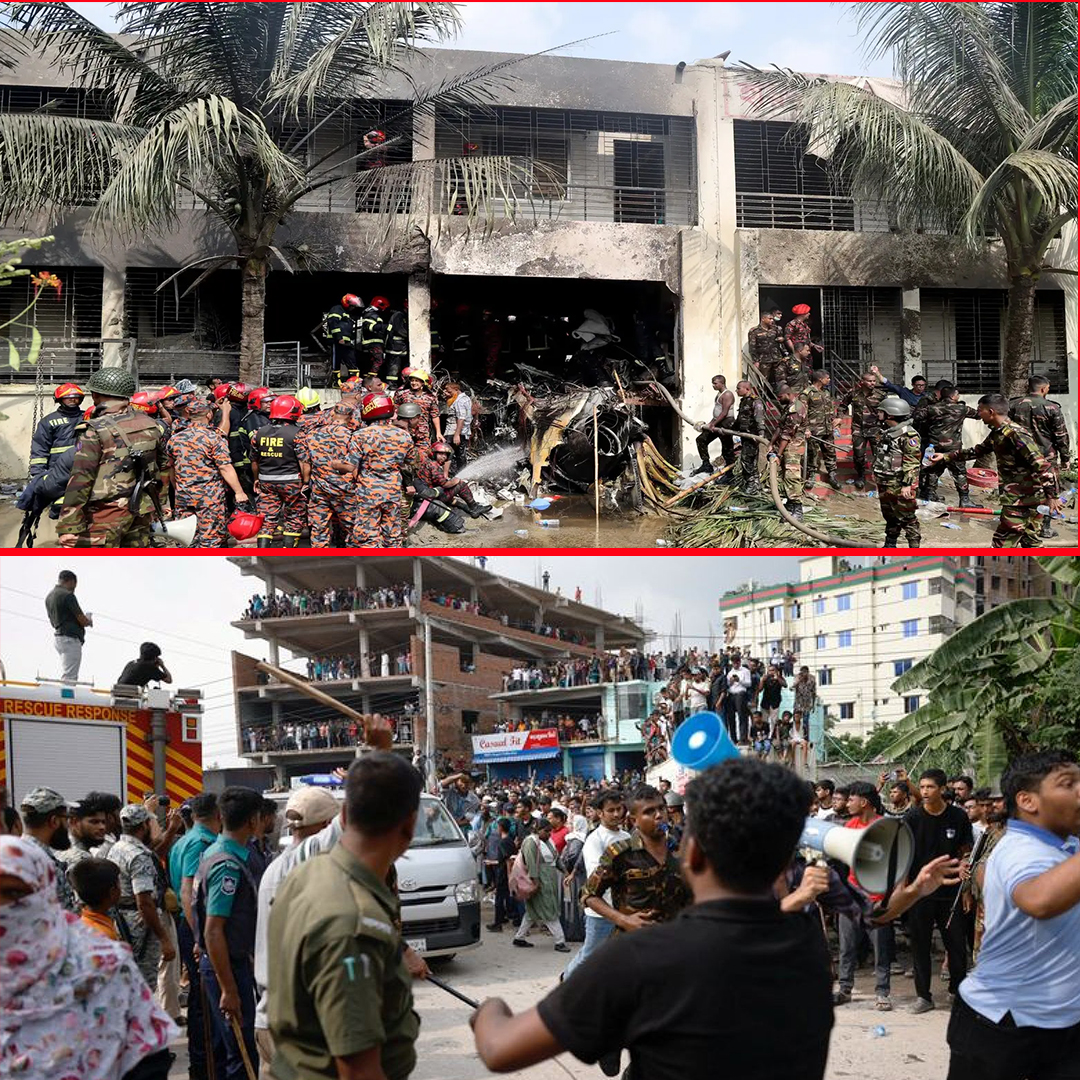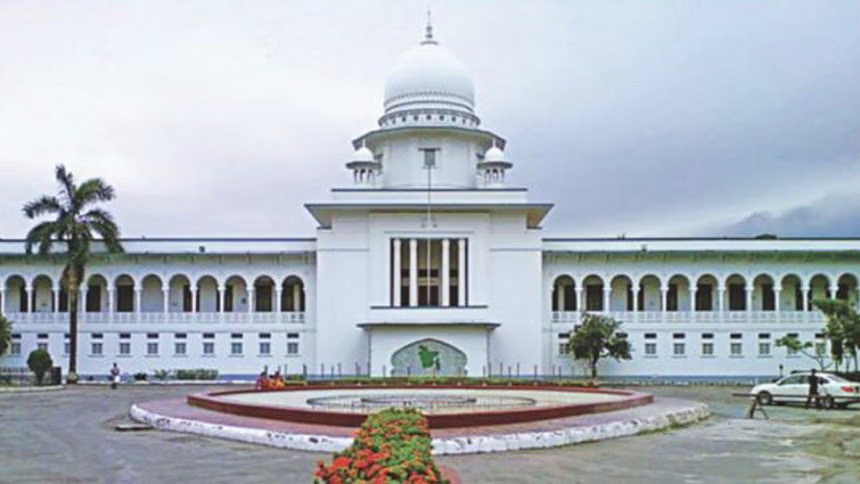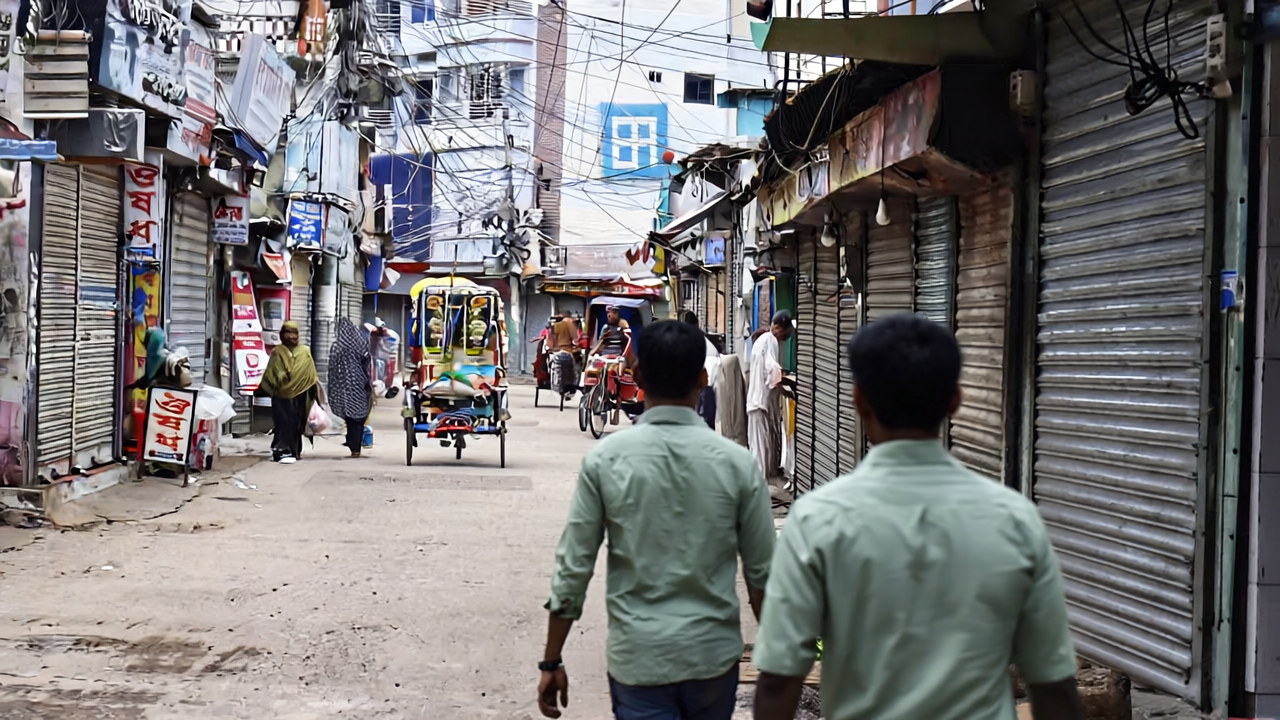
Three-hour daily curfew relaxation window allowed as security forces maintain strict control amid ongoing tensions near Sheikh Hasina’s ancestral home.
Gopalganj, July 18, 2025 — Four people were killed and more than fifty others injured in Gopalganj on July 16, following violent clashes between security forces and alleged Awami League supporters during a rally organized by the National Citizen Party (NCP). The incident unfolded near the ancestral home of former Prime Minister Sheikh Hasina, in an area widely regarded as the heartland of the Awami League. What began as a peaceful gathering quickly spiraled into chaos when a group of ruling party loyalists reportedly stormed the event, vandalizing the stage, destroying sound equipment, and attacking vehicles. Several government cars—including a police patrol van and the Upazila Nirbahi Officer’s (UNO) vehicle—were torched. Security forces, including the police, Rapid Action Battalion (RAB), Border Guard Bangladesh (BGB), and Bangladesh Army, responded swiftly. Law enforcement used tear gas, rubber bullets, sound grenades, and blank rounds to disperse the crowd. Despite their efforts, violence escalated across multiple points in the town. Four civilians—identified as Dipto Saha, Ramzan Kazi, Imon Talukder, and Sohel Rana—lost their lives, most reportedly due to gunfire or blunt force trauma. In addition, dozens were left injured, including multiple police officers and journalists who were covering the rally.
The district administration responded immediately by imposing Section 144, banning public gatherings, followed by a full curfew that took effect at 8:00 PM on July 16. Although initially declared for 22 hours, the curfew was later extended indefinitely due to ongoing unrest and tension. In an effort to balance security needs with civilian necessities, a three-hour daily relaxation period was announced—from 11:00 AM to 2:00 PM—allowing residents to purchase food, medicine, and other essentials. Even during the relaxation window, movement was tightly regulated. Security checkpoints were established throughout the city, where army personnel and police stopped pedestrians and rickshaw drivers to verify identification. Businesses operated briefly and under pressure, with long queues forming outside grocery stores and pharmacies. Visuals from Gopalganj during the curfew show eerily deserted roads, closed shutters, and uniformed personnel standing guard at intersections. Residents expressed fear and frustration, with many saying they had never experienced such a total shutdown in the city’s recent history. Schools and offices remained closed, public transport was suspended, and many families stayed indoors with limited supplies, uncertain about when normalcy might return.
In the aftermath of the violence, the Ministry of Home Affairs formed a three-member inquiry committee to investigate the incident and submit a report within two weeks. The committee comprises senior officials from law enforcement and the local administration and has been tasked with identifying those responsible for inciting or participating in the violence. The Inter-Services Public Relations (ISPR) Directorate defended the actions of the army, stating that security forces acted only in self-defense after being attacked with crude bombs and bricks. However, human rights organizations have voiced strong criticism. Ain o Salish Kendra (ASK), a leading human rights watchdog, condemned the use of lethal force against unarmed civilians and expressed concern over the lack of postmortem examinations. In a public statement, ASK called for an independent investigation, urging the government to ensure transparency and accountability. The organization also raised questions about whether the deployment of multiple security forces—including military units—was proportionate to the situation, and whether alternative methods of crowd control were considered before resorting to potentially deadly measures.
Meanwhile, the NCP has called the incident a state-backed assault on democracy and vowed to continue its political activities. Along with allied opposition parties—including factions of the BNP and Jamaat-e-Islami—the NCP declared nationwide protests and road blockades in response to the incident. Demonstrations have since erupted in multiple districts, disrupting traffic and sparking smaller confrontations in other parts of the country. Political analysts suggest that the violence in Gopalganj marks a pivotal moment in the lead-up to the April 2026 general elections. The city, closely associated with the former prime minister and her party, has long been seen as a symbol of Awami League dominance. That such deadly unrest would occur there underscores the depth of political division in the country. As tensions continue to rise between supporters of the former regime and the caretaker administration led by Nobel Laureate Dr. Muhammad Yunus, the coming months are likely to test Bangladesh’s political institutions, law enforcement, and civil society. The Gopalganj incident has not only shaken public confidence but also raised fundamental questions about the direction of the country’s democratic transition. Whether through negotiation or confrontation, how the government responds from here could shape the nation’s political future.
source : thedailystar


